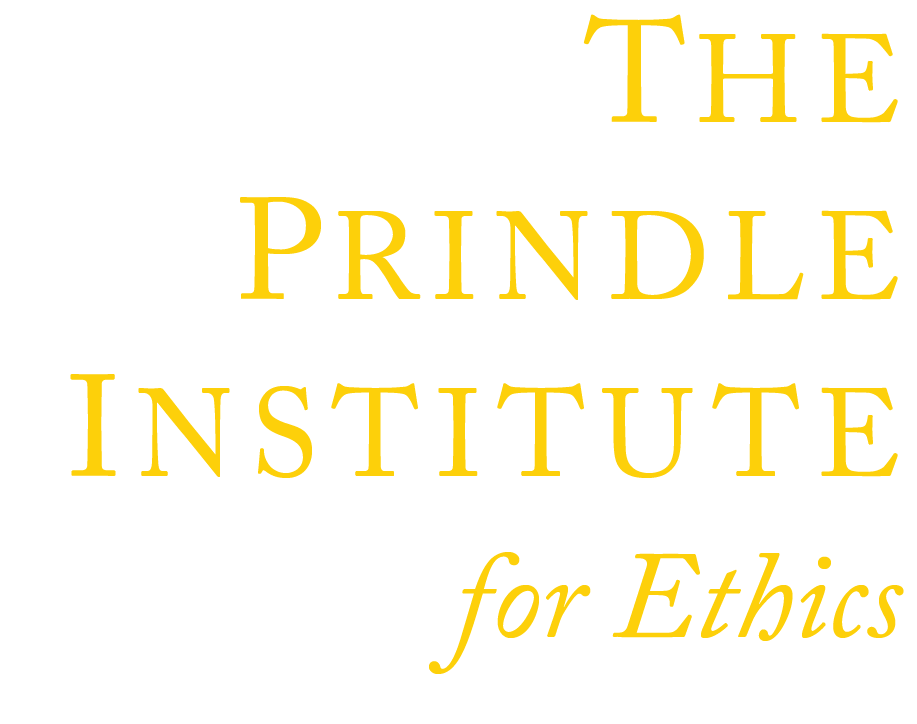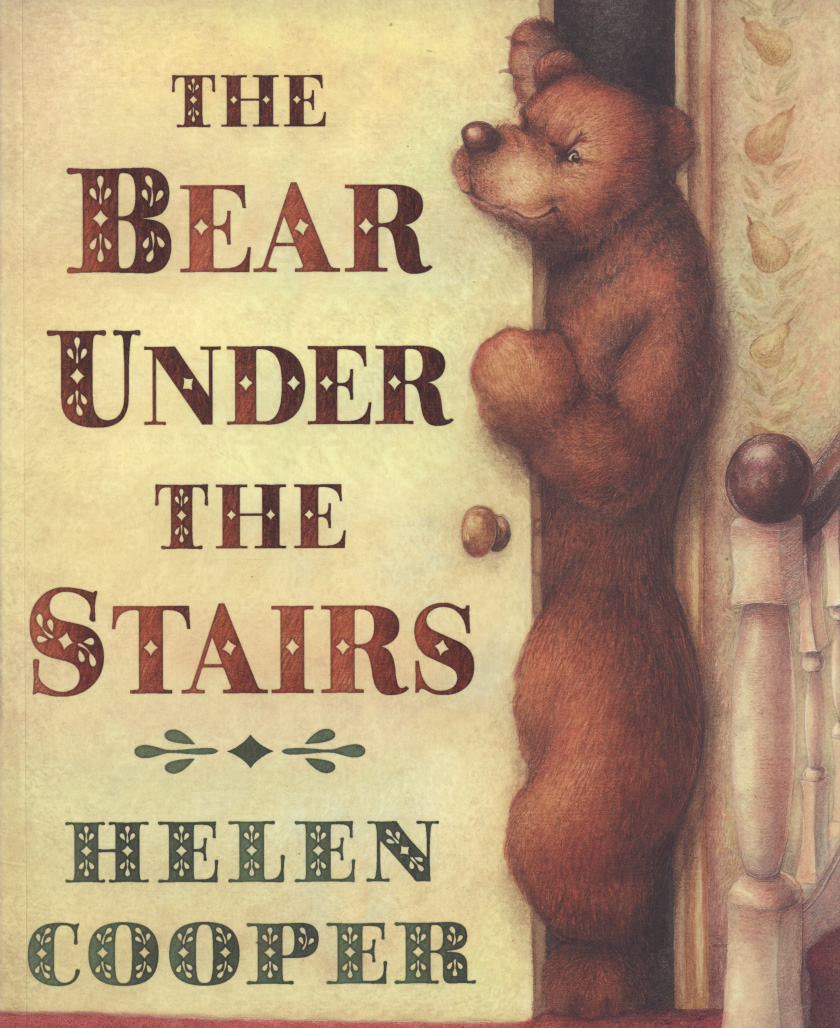The Bear Under the Stairs
Book Module Navigation
Summary
How do we tell the difference between our imagination and reality?
William is frightened of a big and hungry bear he believes he has seen behind the door under the stairs. He’s so scared of the bear getting hungry and eating boys for tea that he starts feeding it until his mother notices a bad smell coming from under the stairs.
When William comes clean about feeding the bear under the stairs, his mother suggests they both face up to it and fight it. When they finally open the closet door, they find an old furry rug instead of a bear, and lots of stinky food everywhere.
Read aloud video by Lights Down Reading
Guidelines for Philosophical Discussion
The Bear Under the Stairs raises philosophical issues regarding the nature of fear, on the one hand, and about the nature of reality and its relationship with imagination, on the other. But it also provides the perfect starting point for fun discussions about whether we can know that we ourselves are “real” and about the reliability of our senses.
Fear
In the story William is scared of something he thinks he’s seen. His fear both moves him to action (he feeds the bear he’s afraid of) and paralyses him (he doesn’t tell anyone about his fear). This raises interesting questions regarding the nature of fear, the causes of fear, the relationship between fear and imagination, the relationship or lack of relationship between knowledge and fear, and our own attitude in the face of fear.
The first set of questions aims to draw on the children’s own experience and reflection about their own fear and William’s fear to come up with potential definitions of fear and analyze its causes and consequences.
Reality
The Bear Under the Stairs touches on issues regarding reality and imagination and, through the illustrations, suggests or plays with the idea that the bear might be more than a figment of William’s imagination. It poses several possible scenarios. Perhaps the bear is entirely a figment of William’s imagination. Perhaps William’s reality and the bear’s reality are parallel, co-existing realities. Perhaps William and his mother are figments of the bear’s imagination?
The philosophical questions here explore the difference between reality and imagination or reality and dream. How, for example, do we know we’re not dreaming all of the time?
In turn, this raises general questions about reality, how we know what’s real, whether we ourselves are “real,” or whether even we ourselves could be a figment of someone else’s imagination.
Reliability of the senses
William “sees” the bear through the crack of the open door under the stairs. He takes this visual perception as information about the real world, reacts to it with fear and acts upon his fear by feeding it in order to save himself. He takes his visual perception as knowledge. Later, with his mother, he “sees” that what he thought was a bear is in fact an old furry rug and readjusts his information about the real world based on this new visual perception of the rug.
This raises interesting philosophical questions about the reliability of our senses and our perceptual knowledge of the world.
Questions for Philosophical Discussion
Fear
- In the story, William is frightened. Why is he frightened? What is he frightened of, exactly? Does he really have a reason to be frightened?
- What things frighten you? Why? What do you think causes fear? What removes it?
- Are you more frightened of real things or of ideas?
- Is fear always a bad thing or can it be useful?
- Do you think William dealt with his fear appropriately? What would you have done in William’s situation, if you thought there might be a bear under the stairs?
- Have you ever been “secretly” scared of something and not told anyone? Why didn’t you tell anyone?
- After William finds out what he thought was a bear was in fact an old rug, his fear seems to go away. Does knowledge always remove fear? Is it possible to “know” that there isn’t a bear under the stairs or a monster under your bed and still be frightened of it? How is that possible?
Reality
- What is real and what is imaginary in The Bear Under the Stairs? Is the bear real? How do you know?
- Could everything we see in the story be real? Both the bear’s reality and William’s reality?
- Do you think the bear “really” draws William? Or do you think the drawing of William by the bear is part of a dream William is having? Why?
- What’s the difference between reality and imagination? How can we tell when something is real rather than imaginary?
- What’s the difference between reality and dreaming?
- Have you ever been unsure as to whether something really happened or whether you dreamed it? How did you find out which was the case?
- How do you know you are not dreaming now?
- Are dreams real?
- Are you real? How do you know?
- Could you be the figment of someone else’s imagination? A scared bear’s imagination, for example?
Reliability of the senses
- William “sees” the bear through the crack of the open door. Later he “sees” the rug. How does he know that it’s a rug and his senses are not deceiving him? Why is the second time William “sees” more reliable than the first?
- How do you know the table in front of you is real? If it is real because you can see it, is it still real when you close your eyes? What makes it real?
- Do our eyes provide us with trustworthy information about the real world? Is reality as we see it?
- When we stick a straw into a glass of water, our eyes tell us it’s bent, but is it? How do we know that our eyes don’t show us things differently from the way they really are all the time? What is “the way things really are”?
- Dogs don’t see colors the same way we do. Which reality is more “real,” dogs’ reality or ours?
Original questions and guidelines for philosophical discussion by Ellen Duthie. Edited May 2020 by The Janet Prindle Institute for Ethics.
Find tips for leading a philosophical discussion on our Resources page.






